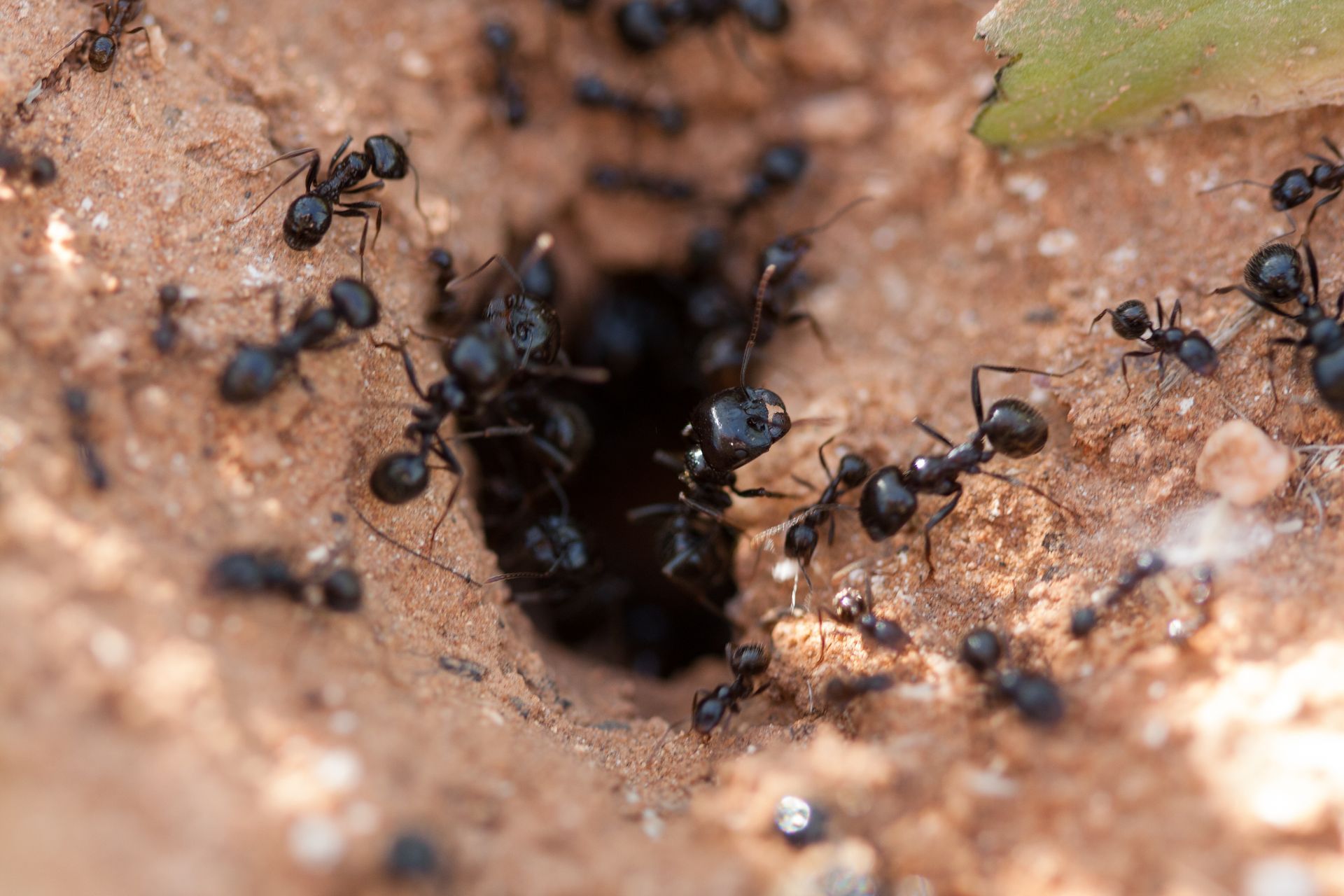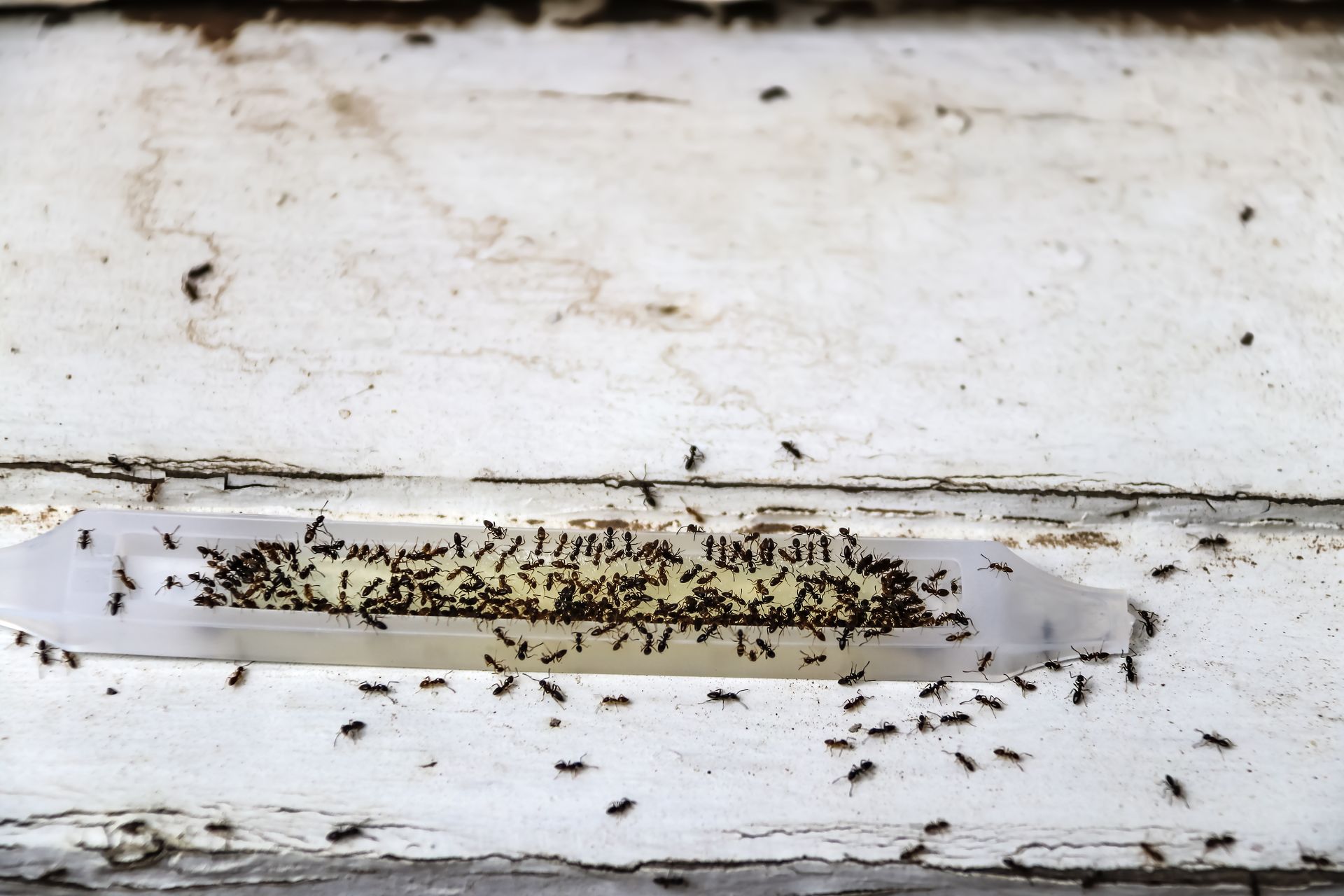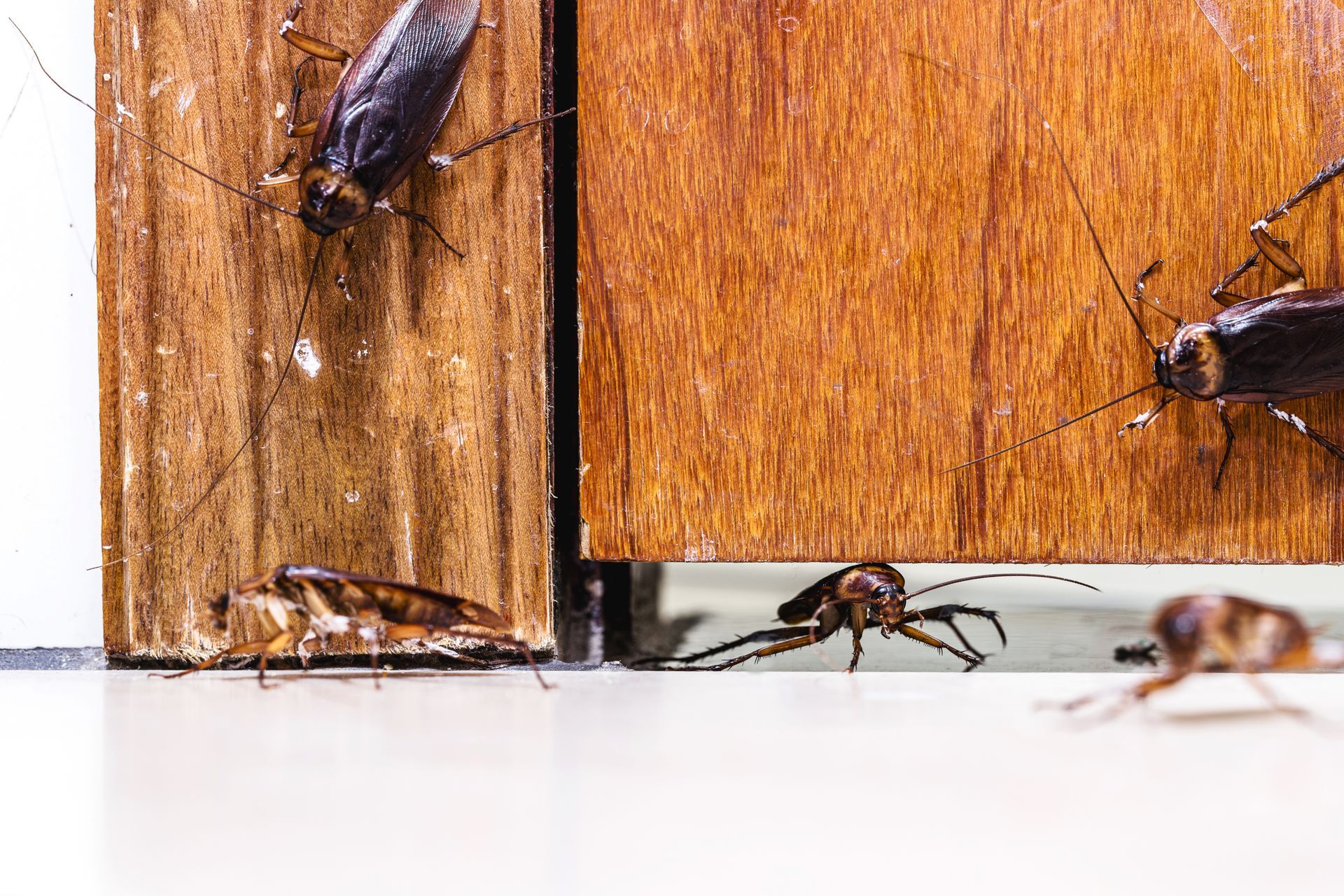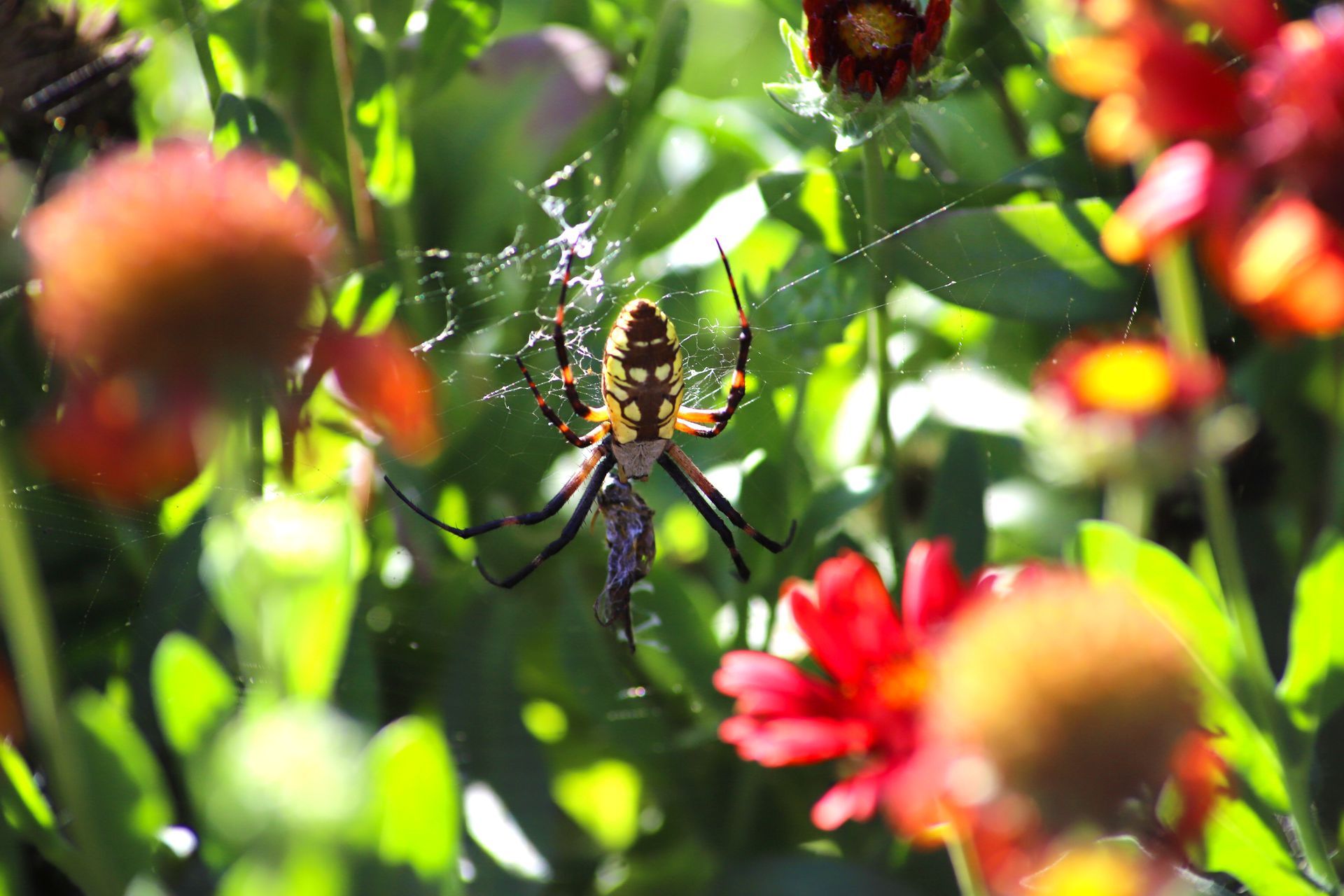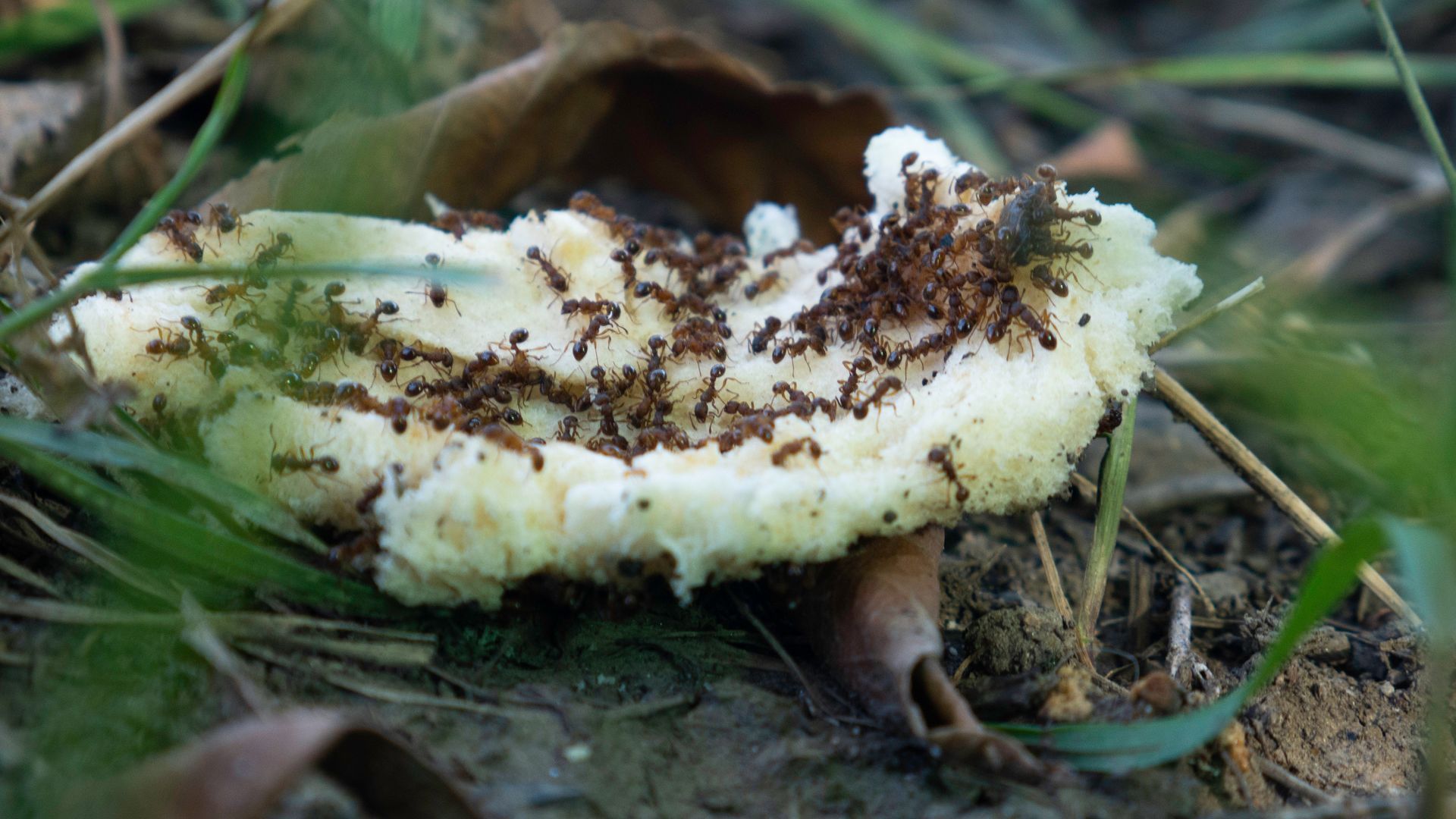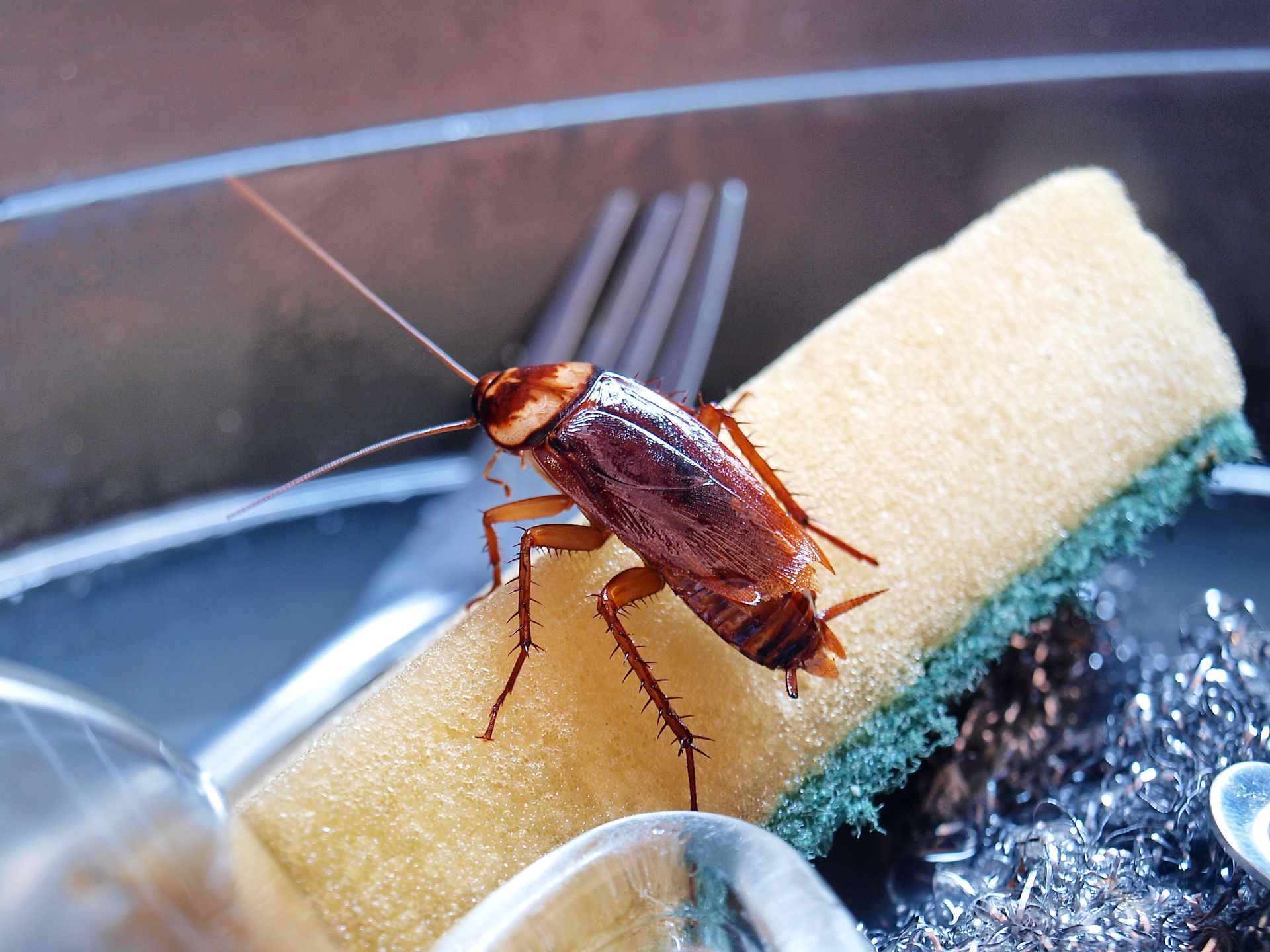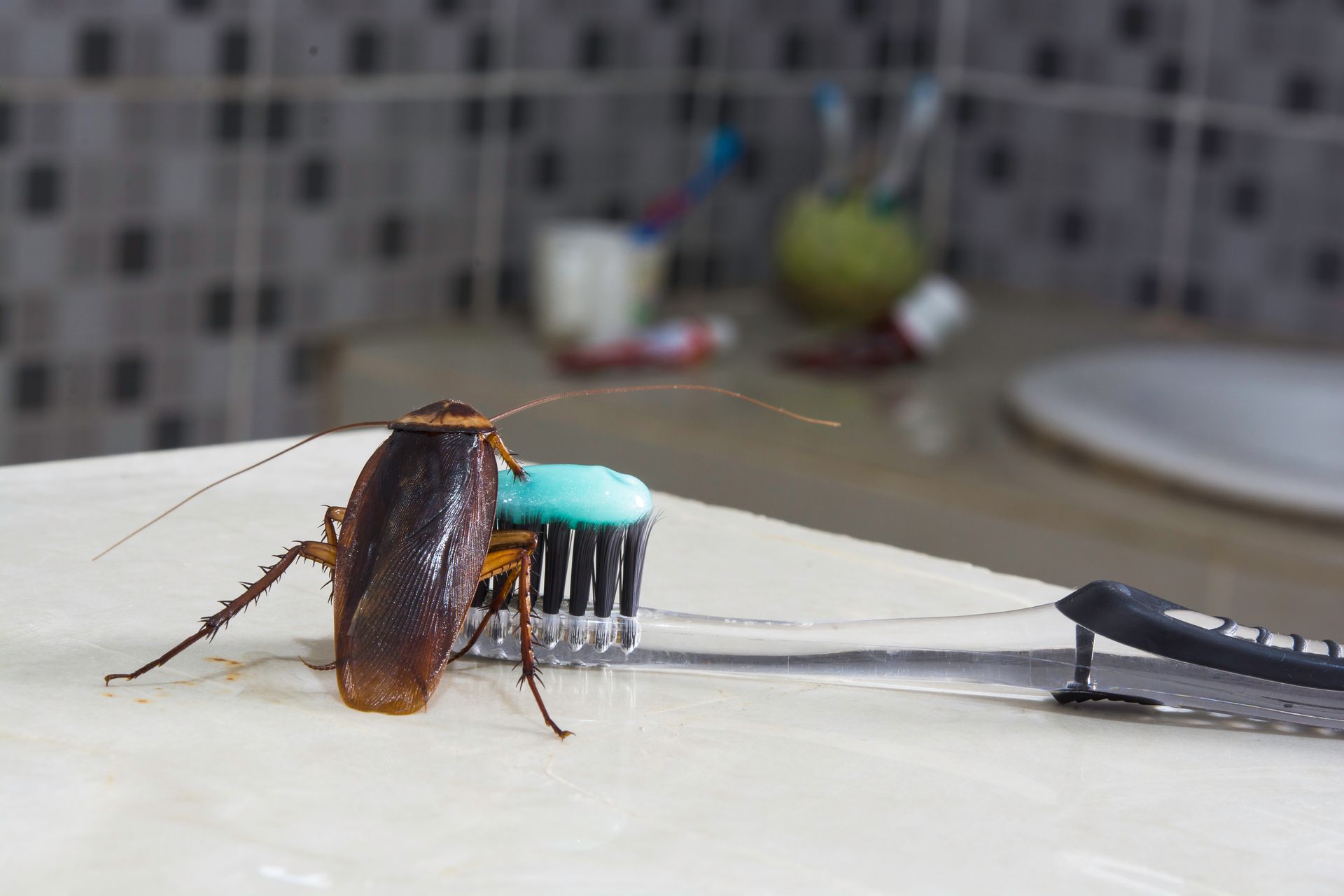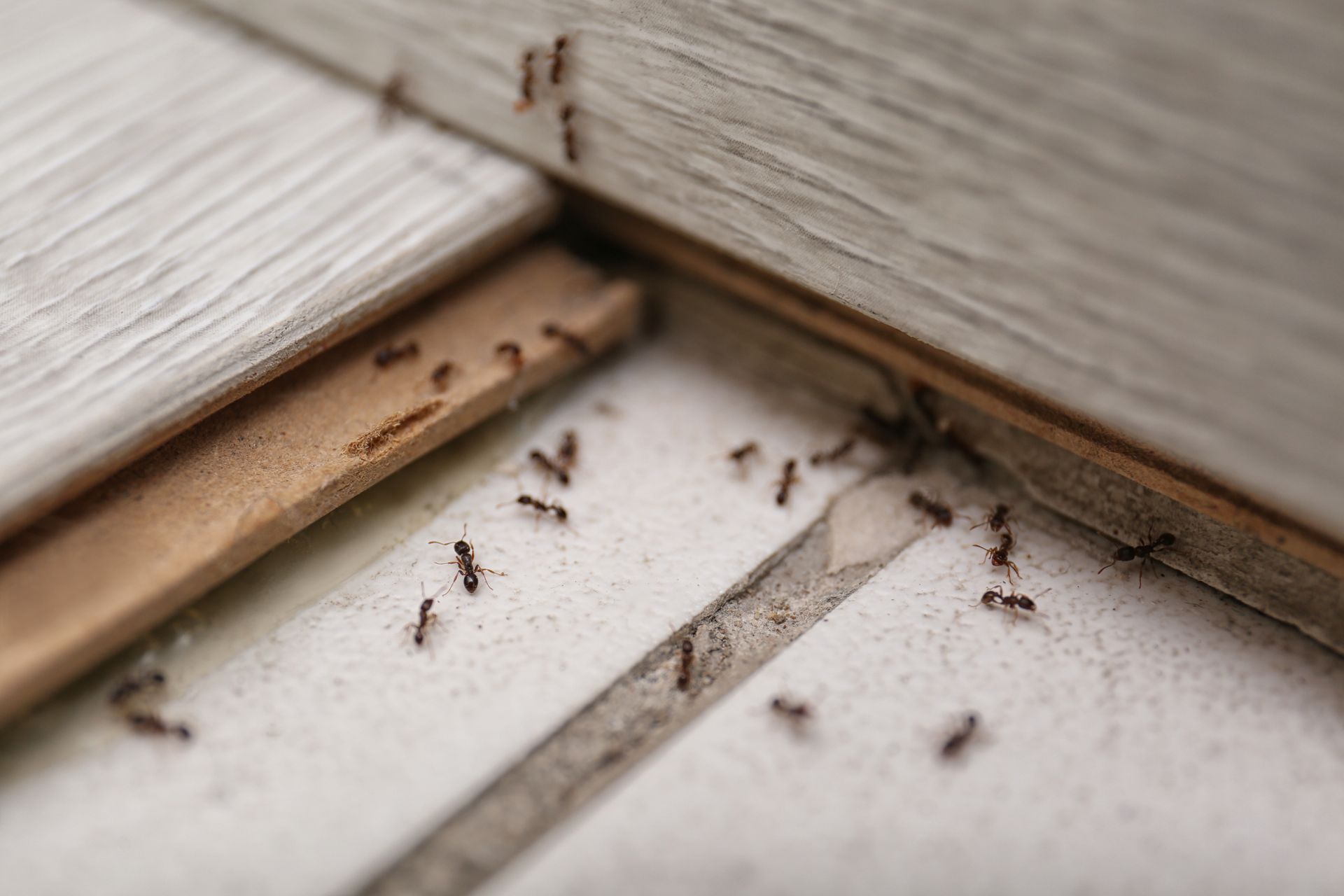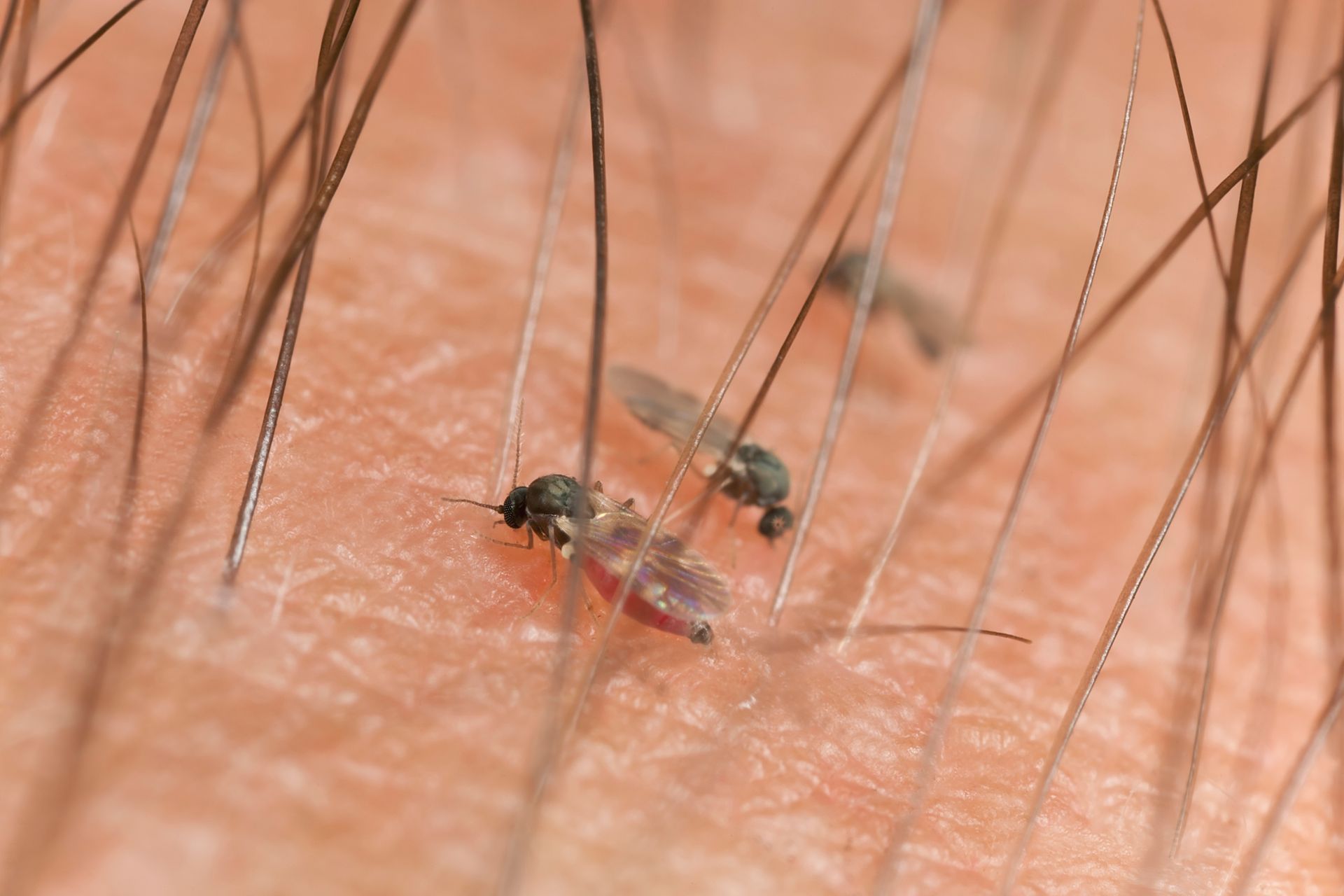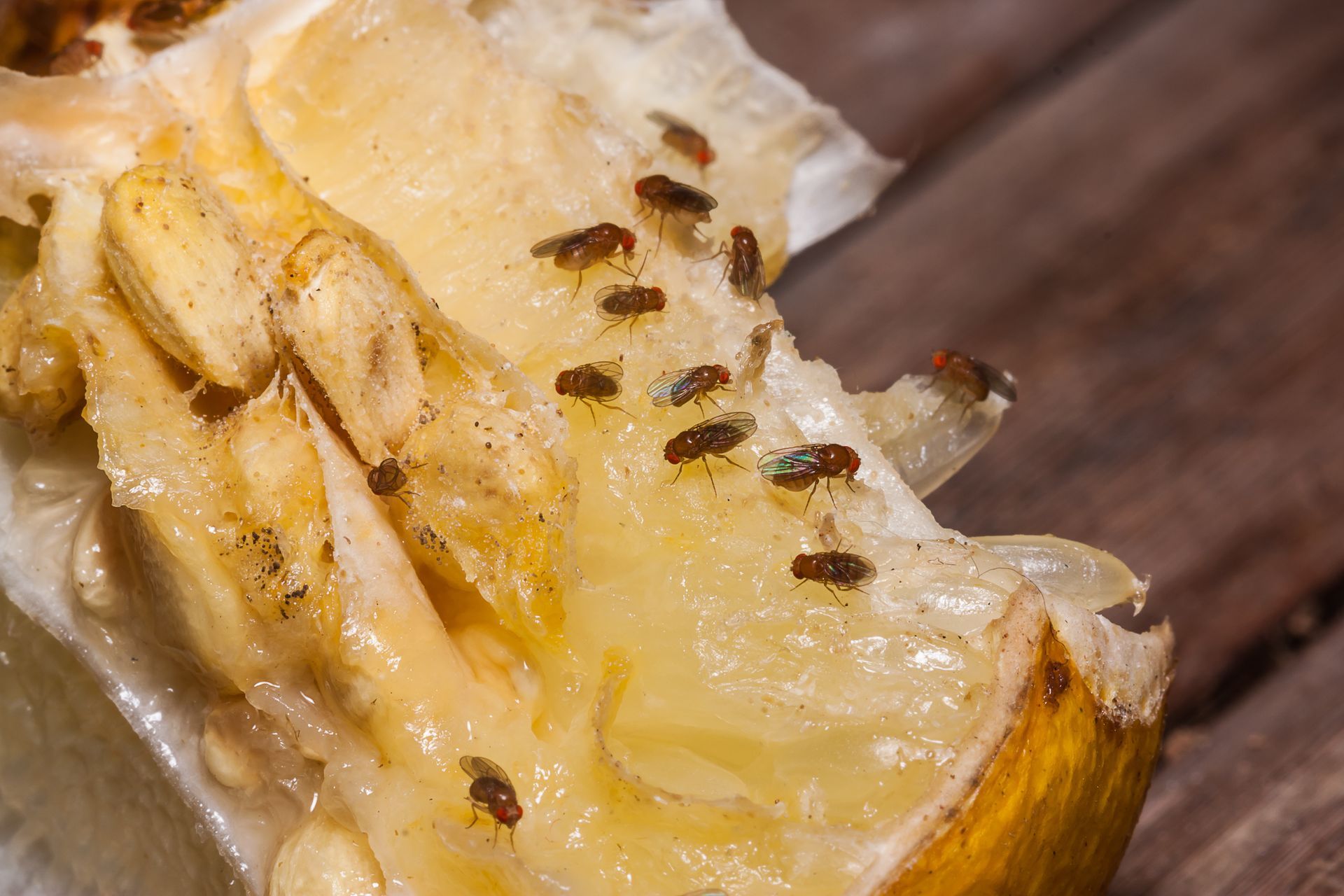Are Earwigs Dangerous to Humans?
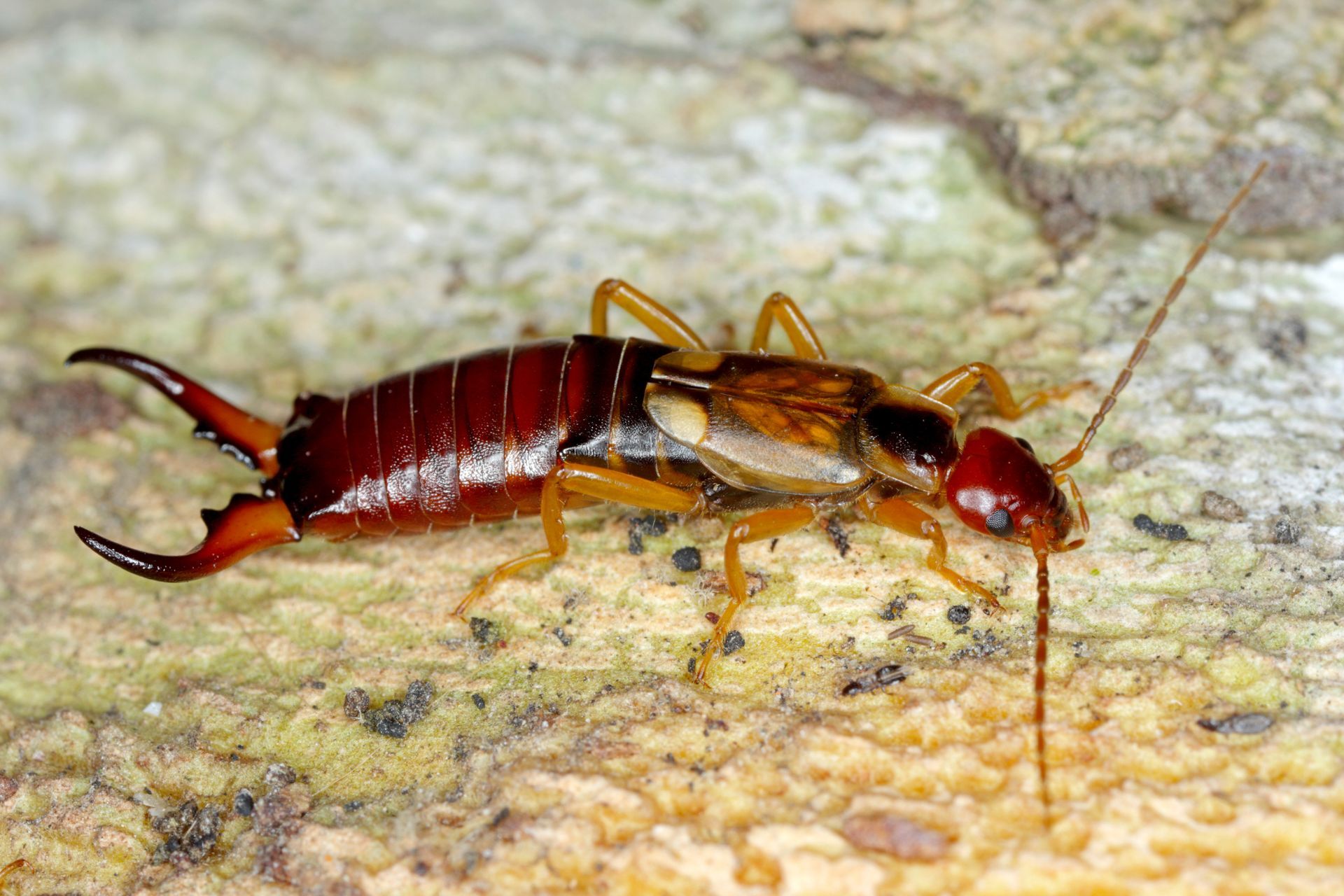
Earwigs, with their distinctive pincers and nocturnal habits, have long been the subject of myths and misconceptions. Many people wonder if earwigs are dangerous to humans. Despite their somewhat intimidating appearance, these small insects are often misunderstood. Contrary to popular belief, earwigs do not pose significant threats to human health or safety. This article aims to dispel common myths surrounding earwigs and explore their actual behaviors and impacts by providing factual information about these garden dwelling creatures. By examining various aspects of earwig biology and behavior, we'll uncover the truth about their interaction with humans and their environment with hopes that it will help you understand whether these insects truly warrant concern in your home or garden
Are Earwigs Harmful?
While earwigs may appear menacing due to their distinctive pincers, they are generally harmless to humans. These nocturnal insects primarily use their pincers for defense against other insects, mating rituals, and hunting prey. However, if an earwig feels threatened, it may attempt to pinch a human which can cause minor discomfort rather than serious harm. The pinch rarely breaks the skin, and if it does, simple first aid measures such as cleaning the area with soap and water and applying an antibiotic ointment are usually sufficient.
Do Earwigs Bite?
Earwigs lack the necessary mouth parts to inflict a bite on human skin. Instead, they possess a pair of forceps like appendages called cerci at the end of their abdomen, which they can use for self-defense if they feel threatened. While an earwig may attempt to pinch a person with these pincers, such occurrences are rare and typically happen only when the insect is handled or accidentally trapped against skin. It's important to note that earwigs do not use these pincers to spread diseases or inject venom, as some might fear. In fact, earwigs are generally considered nuisance pests rather than dangerous insects, with their primary impact being on gardens and plants rather than human health.
Are Earwigs Poisonous?
Contrary to some common misconceptions, earwigs are neither poisonous nor venomous to humans or pets. The confusion about their toxicity likely stems from their defensive mechanism of releasing a foul smelling liquid from glands in their abdomen when threatened. This odorous secretion, while unpleasant, is harmless to humans and serves primarily as a deterrent to predators. Earwigs lack the biological structures necessary to produce, store, or deliver venom, such as the fangs found in venomous spiders or snakes. Similarly, they do not contain toxic substances that could harm humans through contact, ingestion, or absorption through the skin, which would classify them as poisonous.
Do Earwigs Spread Disease?
Earwigs do not pose a significant threat in terms of disease transmission to humans. Unlike some household pests that are known vectors for pathogens, bacteria, and viruses, earwigs do not typically come into contact with sources of harmful microorganisms like feces, decaying matter, or animal carcasses. Their primary habitats and food sources include soil, plants, and occasionally other small insects which are generally not conducive to harboring or spreading disease causing agents. Earwigs' feeding habits and lifestyle also do not involve activities that would expose them to parasites that could then be passed on to humans. While they may occasionally enter homes and can be a nuisance in gardens, earwigs are not known to be carriers of anything that can adversely affect human health. This sets them apart from some other insects that can indeed pose health risks through disease transmission.
Do Earwigs Crawl into Your Ears?
The notion that earwigs crawl into human ears is largely a myth that stems from their misleading name and old European folklore. This common misconception suggests that earwigs enter ears to tunnel into the brain to lay eggs. This claim is said to result in fever and insanity and has no scientific basis. In reality, earwigs have no particular affinity for human ears, nor do they possess the ability to burrow through flesh or consume brain tissue. While it's true that earwigs are thigmotactic, meaning they are drawn to tight spaces, this behavior is not specific to human ears. Like many small insects, an earwig might accidentally end up in an ear canal, but this is a completely random occurrence rather than a deliberate action. It's important to note that the ear canal is not a suitable environment for earwig reproduction or habitation. While finding any insect in one's ear can be distressing, earwigs pose no unique or specific threat in this regard, and they certainly do not intentionally seek out human ears to lay eggs in.
What Threat Do Earwigs Pose?
While earwigs are generally harmless to humans, they can pose a threat to gardens and agricultural environments. The primary concern with earwigs lies in their potential to damage plants and crops. Some species of earwigs are known to feed on soft fruits, vegetables, and ornamental plants which causes visible damage like irregular holes in leaves and shallow grooves on fruits. They have a particular fondness for seedlings, which can be especially vulnerable to their feeding habits. Gardeners might notice jagged edges on leaves or underdeveloped produce, particularly in crops like sweet corn. Flowers such as dahlias, roses, and marigolds can also fall victim to earwig damage. While these insects don't present direct health risks to humans or pets, their presence in large numbers can lead to significant plant damage in both home gardens and commercial agriculture. Therefore, the main threat earwigs pose is economic rather than health related which is why proper pest management is important for those concerned about protecting their plants and crops.
How Do You Get Rid of Earwigs?
Addressing an earwig infestation is important for maintaining the integrity of your home and garden. These insects, though generally harmless to humans, can indicate underlying issues such as excess moisture or entry points that could allow more problematic pests access to your property. Effective earwig control typically involves a multi-faceted approach. This may include:
- Reducing moisture around your home's foundation
- Sealing potential entry points
- Removing organic debris from your yard
- Using targeted treatments in problem areas.
While there are DIY methods available, such as setting up traps or using natural repellents, persistent or large scale infestations often benefit from professional intervention. Pest control experts can provide a comprehensive assessment of your property and identify not just the earwig problem but also any conditions that might be attracting them. They can then implement a tailored treatment plan using advanced, environmentally conscious methods to effectively manage the earwig population and prevent future infestations.
How to Prevent Earwigs
Preventing earwig infestations involves creating an environment that is less attractive and accessible to these nocturnal insects. By implementing a combination of strategies, you can significantly reduce the likelihood of earwigs entering your home and establishing themselves in your garden. Here are several effective methods to prevent earwig infestations:
- Moisture control: Reduce humidity in and around your home by using dehumidifiers in basements and fixing leaky pipes. Earwigs are drawn to damp environments, so maintaining dry conditions is crucial.
- Seal entry points: Inspect your home's exterior and seal any cracks or gaps, especially around doors, windows, and where siding meets the foundation. This prevents earwigs from finding their way inside.
- Landscape management: Create a dry border around your home's foundation using gravel or stones. Remove organic debris like leaves, mulch, and wood piles from near your house, as these provide ideal hiding spots for earwigs.
- Proper drainage: Ensure gutters and downspouts direct water away from your home's foundation to prevent moisture accumulation.
- Lighting adjustments: Use yellow bulbs or sodium vapor lights outdoors, as these are less attractive to insects compared to white lights.
- Natural repellents: Plant herbs like mint, garlic, or chrysanthemums around your home, as these can deter earwigs naturally.
- Regular inspection: Check items brought into your home like plants, firewood, or outdoor furniture for hitchhiking earwigs.
- Traps: Set up simple traps using rolled newspaper or cardboard tubes in your garden to catch earwigs, then dispose of them in soapy water.
By implementing these preventive measures, you can create an environment that is less hospitable to earwigs.
Contact EcoGuard Pest Management if You Are Dealing with Earwigs
While earwigs generally pose minimal risk to human health, their presence can be a nuisance and potentially harmful to your garden. If you're experiencing persistent earwig problems despite implementing preventive measures, it may be time to seek professional assistance. EcoGuard Pest Management specializes in effective, environmentally conscious pest control solutions tailored to your specific needs. Our experienced technicians can provide a comprehensive assessment of your property, identify underlying issues attracting earwigs, and implement targeted treatments to manage the infestation. We use advanced, eco-friendly methods that are safe for your family and pets while effectively controlling the earwig population. Don't let earwigs compromise the comfort of your home or the health of your garden. Contact EcoGuard Pest Management today for a consultation and take the first step towards a pest free environment.
Earwig Danger FAQs
Is it bad to have earwigs in your house?
While earwigs are generally harmless to humans, their presence in your house can be a nuisance and may indicate underlying moisture issues or entry points for other pests. Although they don't cause structural damage or spread diseases, earwigs can potentially harm houseplants and their appearance can be unsettling for many people. It's advisable to address an earwig infestation promptly to maintain a comfortable living environment and prevent potential damage to indoor plants.
What are earwigs a warning of?
The presence of earwigs in your home or garden often serves as an indicator of excess moisture or dampness in the environment. Their appearance may signal issues such as leaky pipes, poor drainage, or areas of high humidity that require attention. Additionally, earwigs can point to potential entry points around your home's foundation or walls that might also allow access to other, potentially more problematic pests.
What happens if an earwig bites you?
Earwigs don't actually bite humans. Instead, they may pinch with their forceps like pincers if handled or threatened. This pinch is usually more startling than painful and rarely breaks the skin. In the uncommon event that the pinch does break the skin, it's advisable to clean the area with soap and water and apply an antibiotic ointment as a precaution against potential infection.
What do earwigs do to people?
Earwigs generally don't do much to people directly, as they prefer to avoid human contact. In rare instances when handled or accidentally trapped against skin, they might use their pincers defensively, resulting in a mild pinch that's more surprising than harmful. Contrary to popular myths, earwigs don't crawl into ears, lay eggs in brains, or spread diseases to humans as their primary impact is on plants and gardens rather than people.


